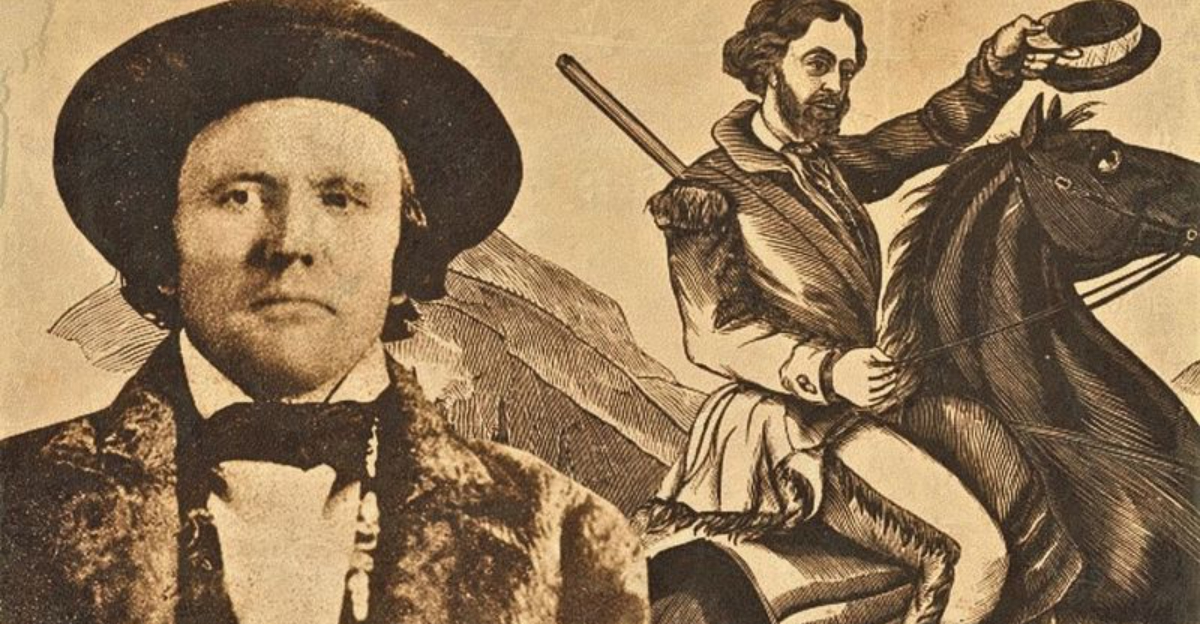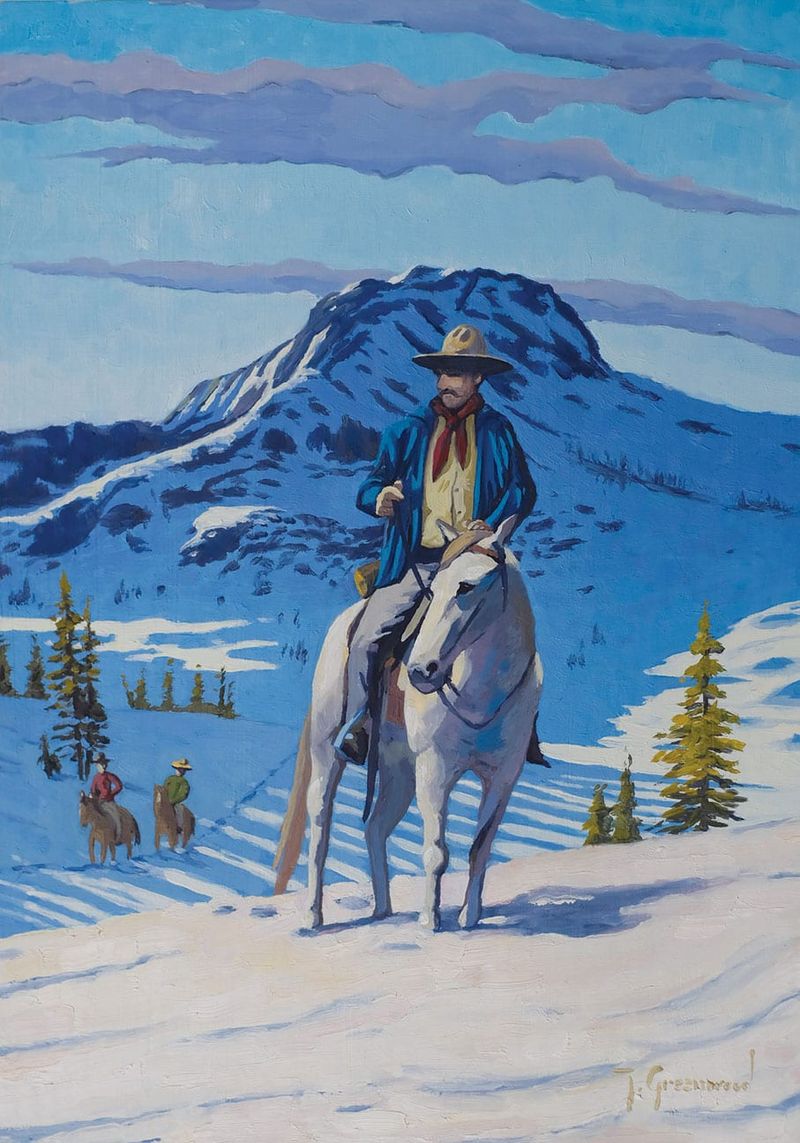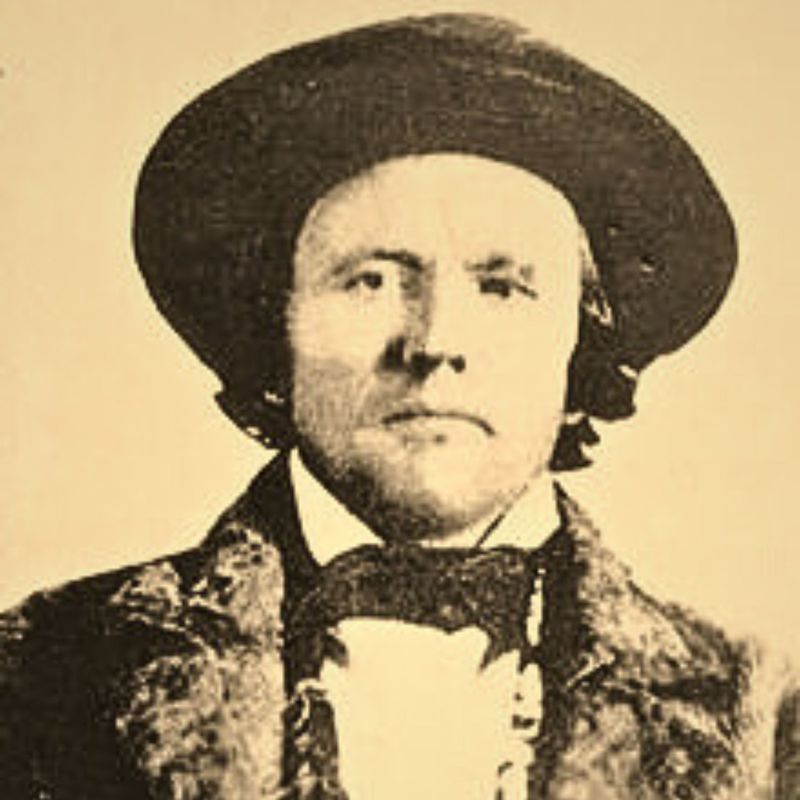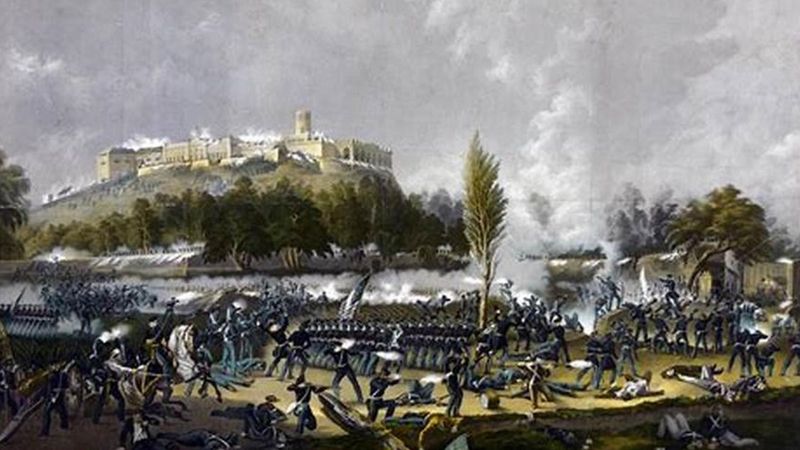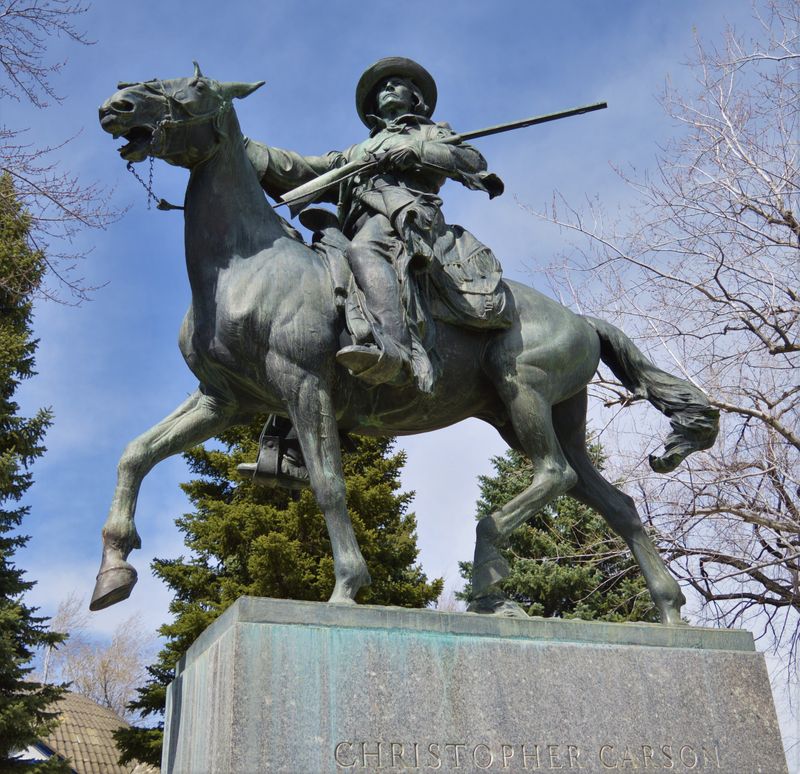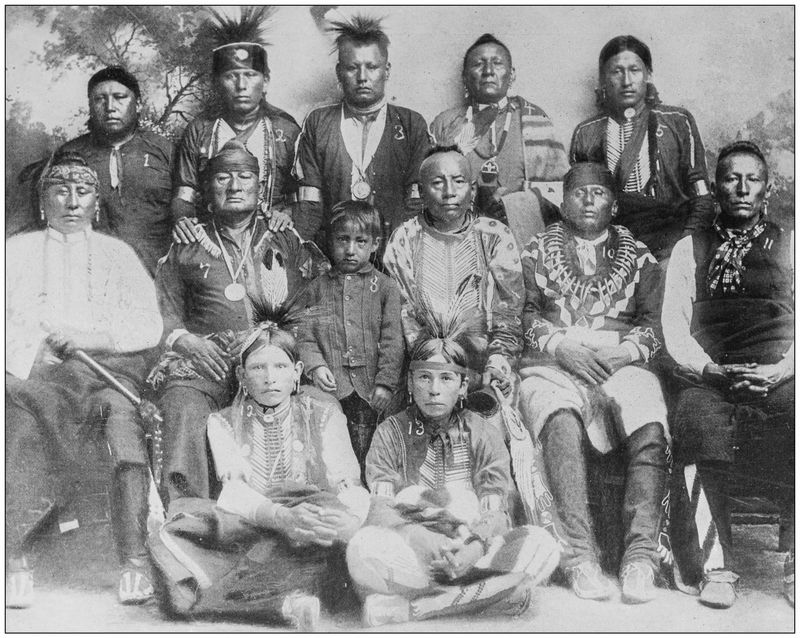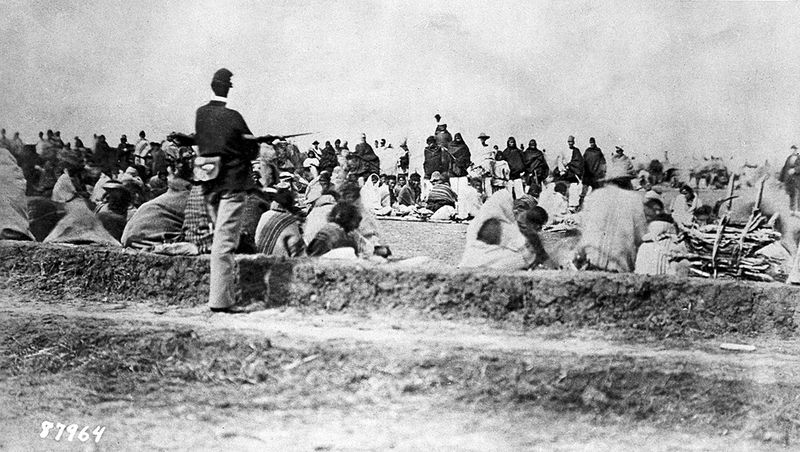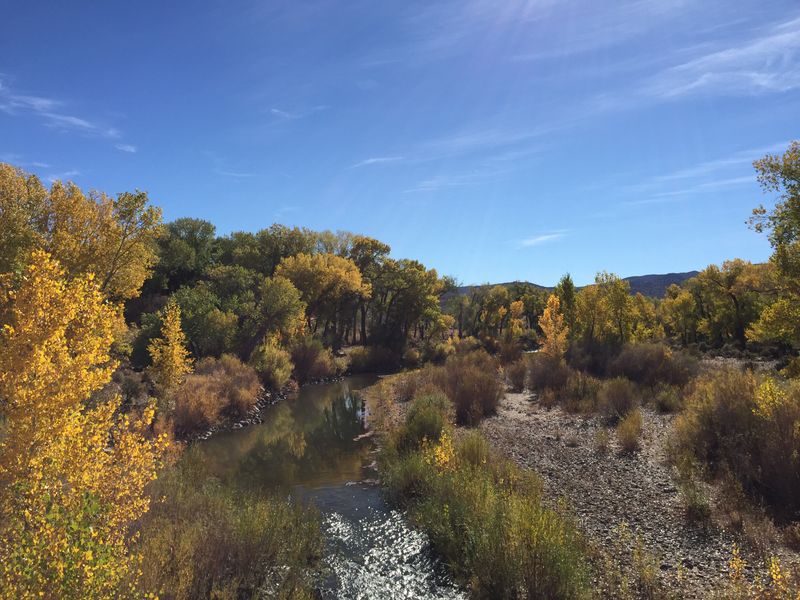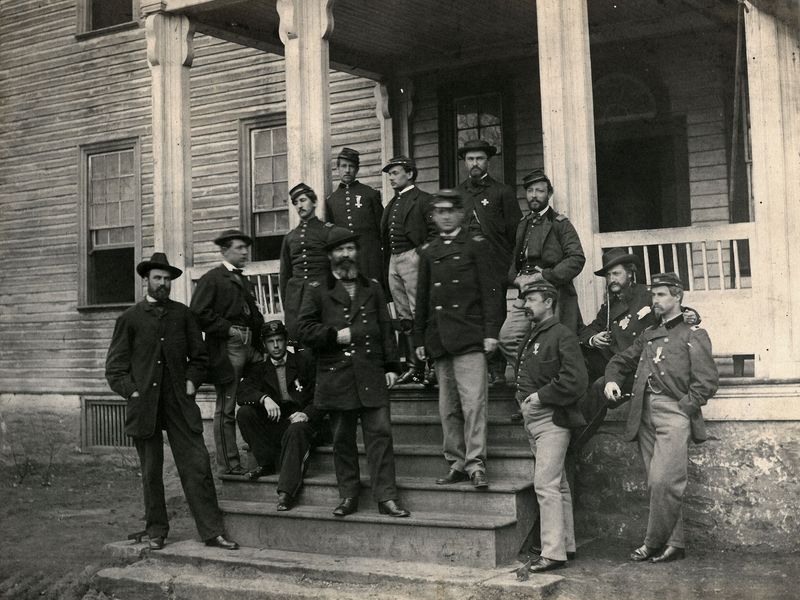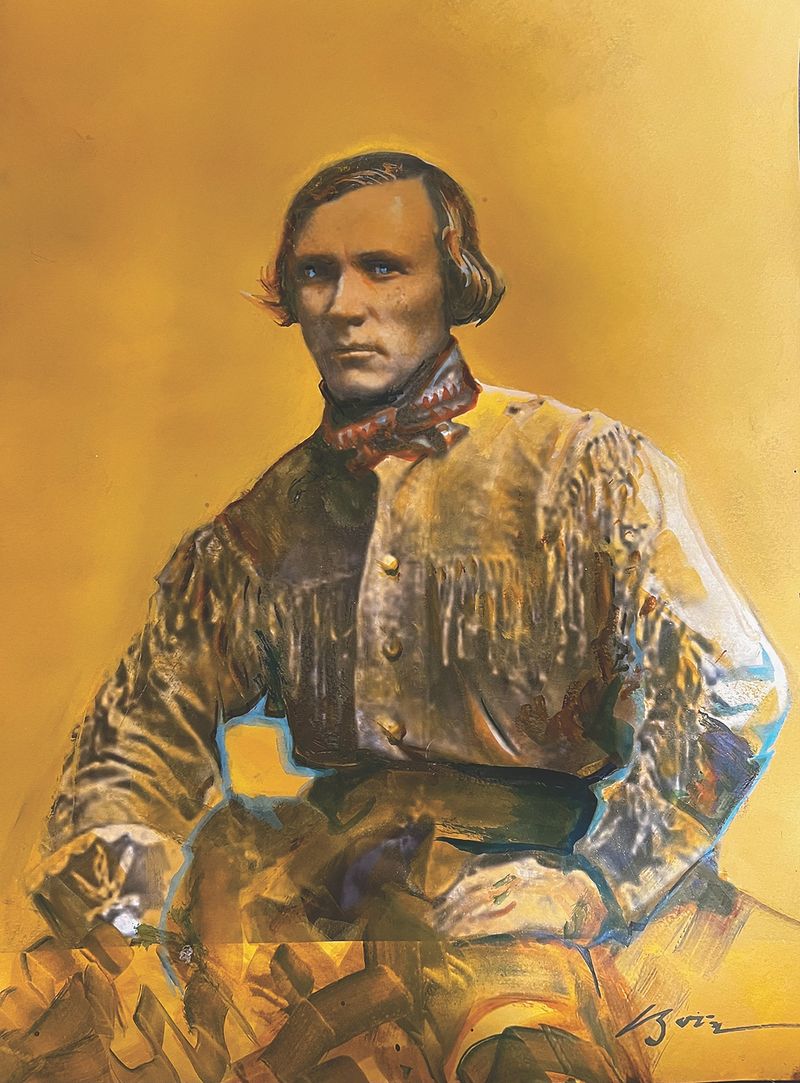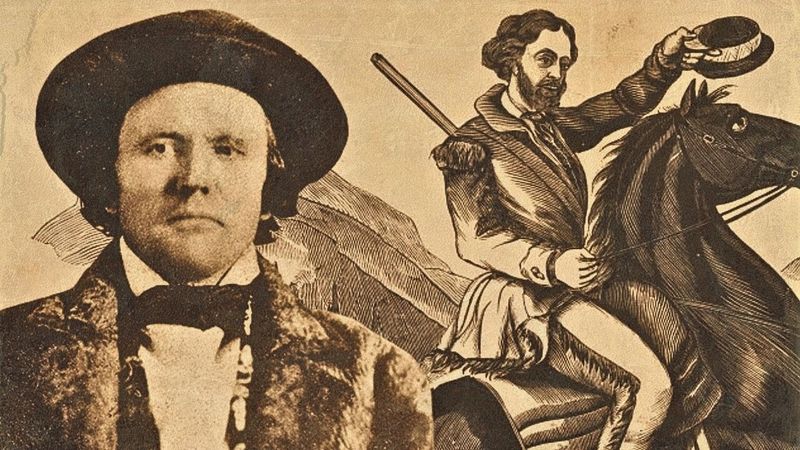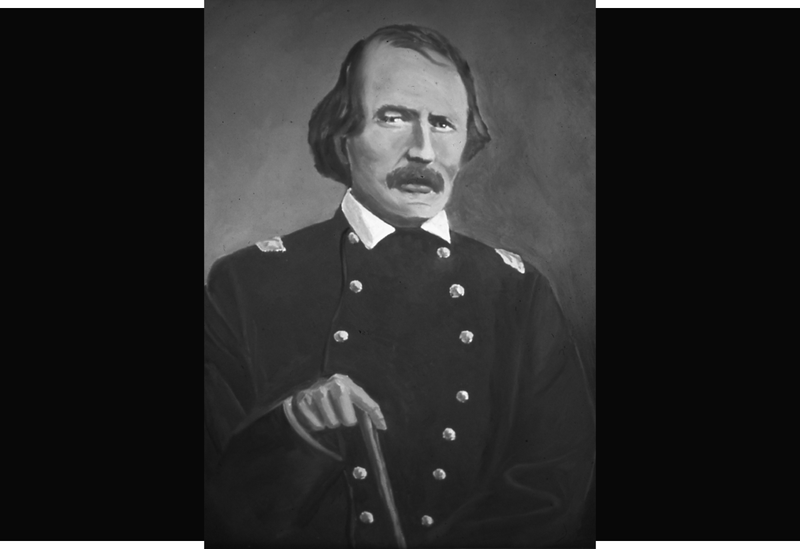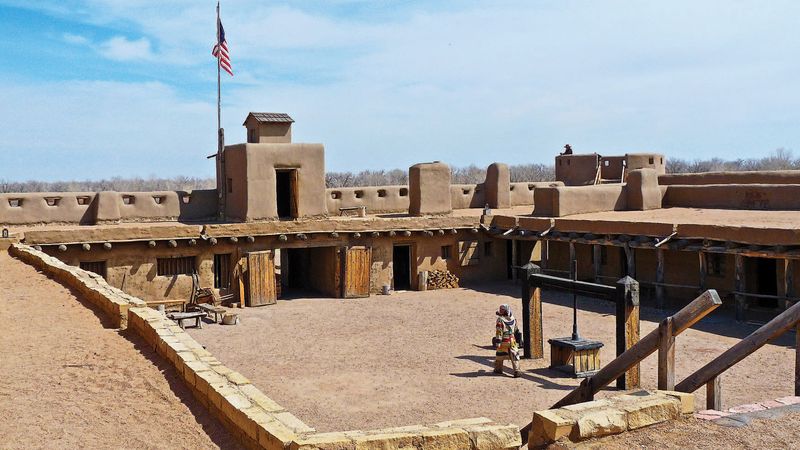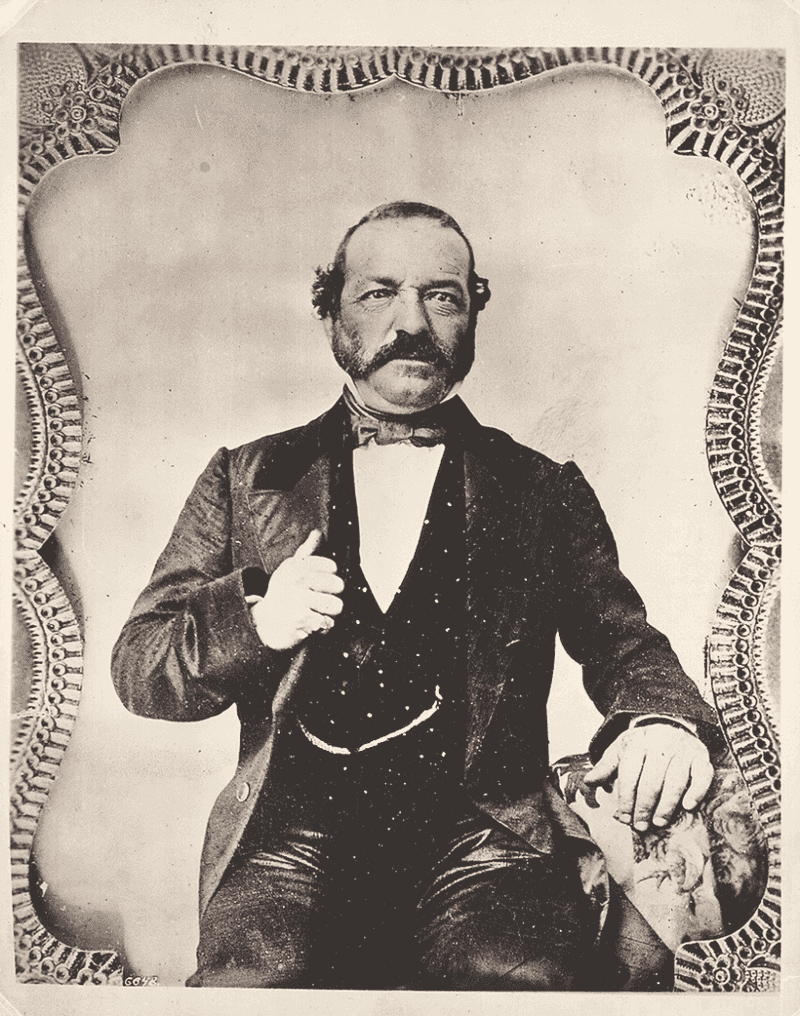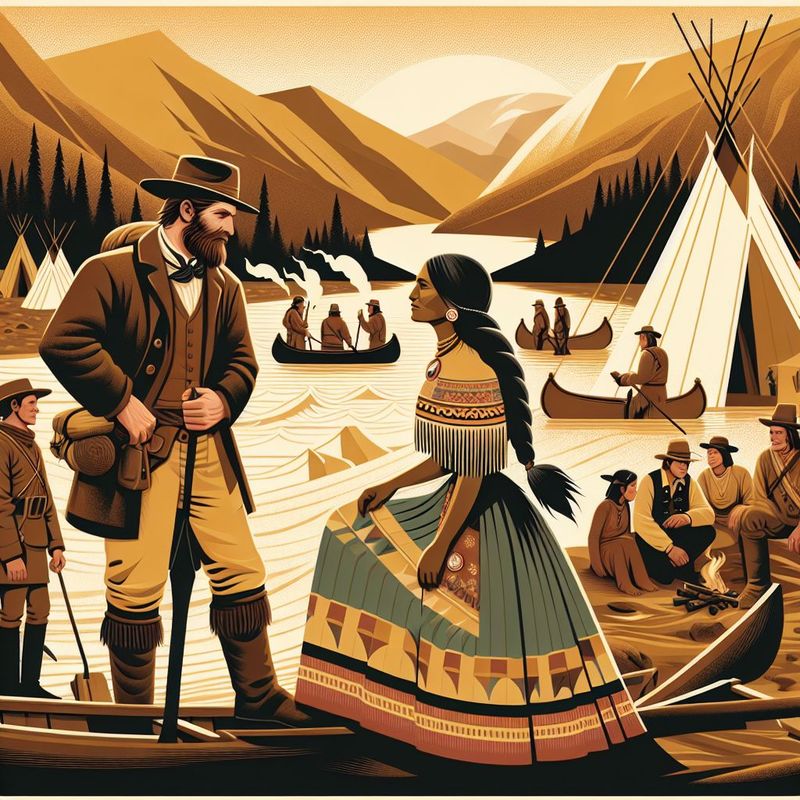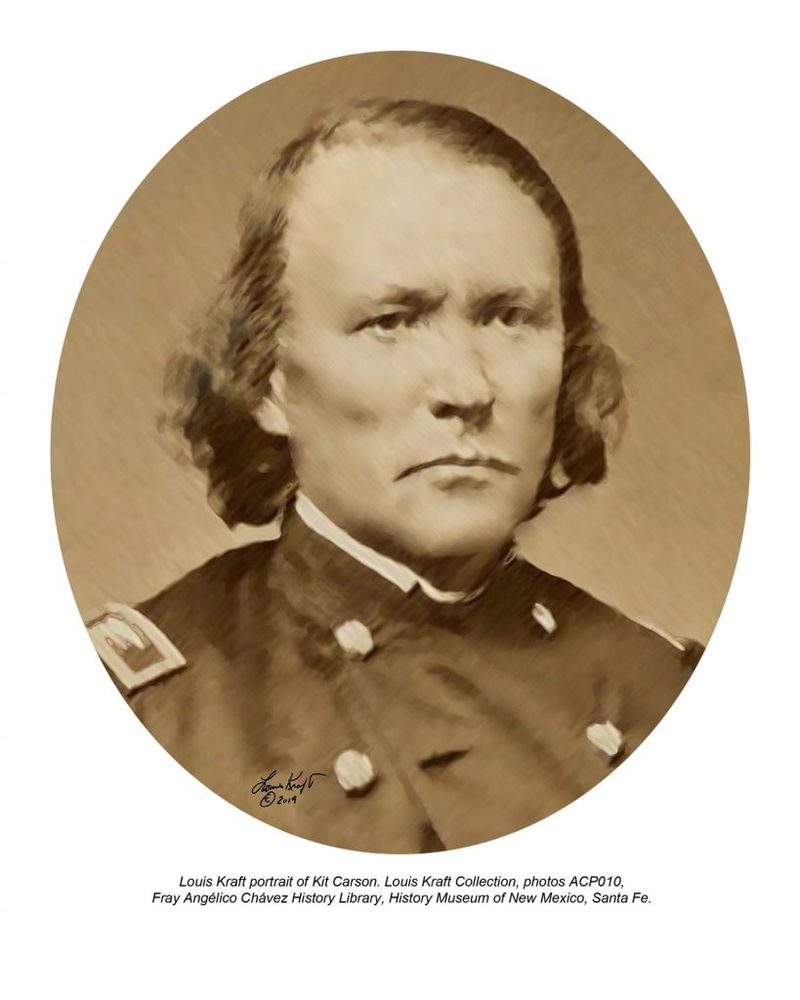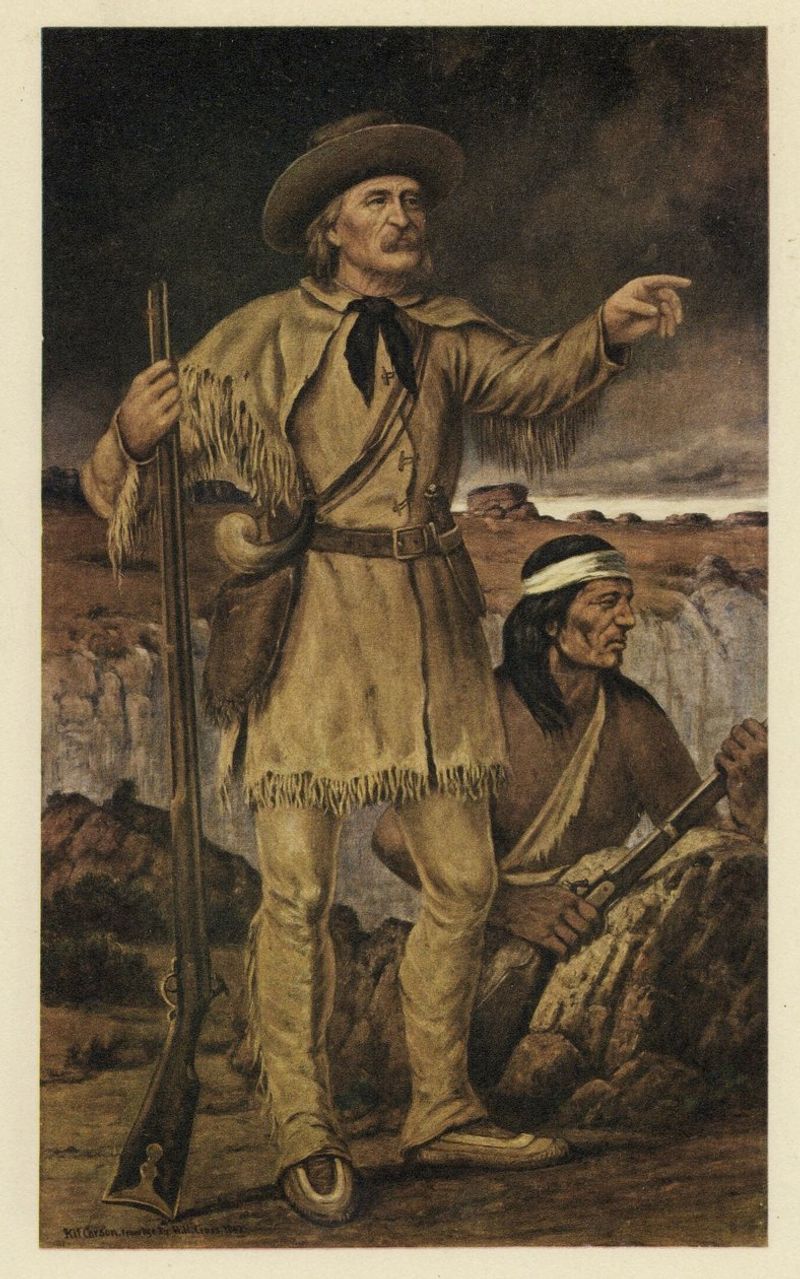Kit Carson, a name synonymous with the American frontier, played a pivotal role in shaping the course of U.S. history. Known for his exploration, military service, and dealings with Native American tribes, Carson’s influence was profound and far-reaching. From guiding expeditions across uncharted territories to participating in significant military campaigns, his legacy continues to resonate in the annals of American history. This blog post delves into 17 key moments where Kit Carson’s actions significantly altered the nation’s trajectory.
1. Scout for John C. Frémont
In 1843, Kit Carson, then 33 years old, joined John C. Frémont as a scout for his expedition. Carson’s knowledge of the terrain was invaluable as they navigated the challenging landscapes of California. His expertise not only ensured the expedition’s success but also opened up new pathways for westward expansion.
The journey was perilous, fraught with natural obstacles and the ever-present threat of hostile encounters. Yet, Carson’s skills as a frontiersman ensured that Frémont’s team could map and document these unexplored territories. The success of this expedition laid the groundwork for future American settlements in the West.
2. Rescue of Ann White
In 1849, Kit Carson performed a daring rescue of Ann White from Native American captors. At 36, Carson’s quick thinking and bravery saved White from a dire situation. This act of heroism cemented his reputation as a man of action and compassion.
Carson’s ability to negotiate and understand Native American customs was crucial during this rescue. His efforts not only freed White but also helped ease tensions between settlers and Native tribes. Such actions highlighted Carson’s complex role as both a mediator and a man committed to the safety of settlers.
3. Participation in the Mexican-American War
In 1846, Kit Carson, aged 37, played a significant role in the Mexican-American War. His strategic insights and combat skills were instrumental in the U.S. achieving victory in various skirmishes throughout New Mexico.
Carson’s involvement in the war showcased his ability to adapt to military life, providing crucial support in both planning and execution of military actions. His participation not only bolstered the U.S. military efforts but also influenced the eventual annexation of New Mexico into the United States. Carson’s contributions were pivotal in shaping the geopolitical landscape of the Southwest.
4. Guide on the Oregon Trail
In 1844, Kit Carson, at 34 years old, served as a guide on the Oregon Trail. His deep understanding of the land and its challenges was crucial in leading settlers safely through the wilderness. Carson’s role was critical in the westward expansion of the United States.
The journey along the Oregon Trail was fraught with difficulties, including harsh weather and treacherous terrains. Carson’s expertise ensured that settlers could navigate these challenges, thus facilitating their journey to new opportunities in the West. His guidance played a key role in the migration that shaped the nation’s expansion.
5. Negotiations with Native American Tribes
In 1853, at the age of 40, Kit Carson engaged in crucial negotiations with Native American tribes. His efforts were aimed at fostering peace and understanding between the tribes and American settlers. These negotiations were pivotal in reducing hostilities.
Carson’s approach to diplomacy was rooted in respect and knowledge of Native cultures, which allowed him to mediate effectively. His work helped lay the foundation for more peaceful relations, although the broader context of American expansion often complicated these efforts. Carson’s legacy in these negotiations reflects his complex role in American history.
6. Involvement in the Navajo Long Walk
In 1864, Kit Carson, aged 54, was involved in the tragic episode known as the Navajo Long Walk. Tasked with leading the forced relocation of the Navajo people, Carson executed orders despite personal conflicts over the mission.
Carson’s involvement in the Long Walk remains controversial, as it led to the suffering and deaths of many Navajo. His actions were a stark reminder of the harsh realities of American expansion policies. This episode is a poignant part of Carson’s legacy, highlighting the moral dilemmas faced by individuals during times of national conflict.
7. Discovery of the Carson River
In 1845, at 35 years old, Kit Carson discovered the Carson River in Nevada. This discovery was crucial for future settlers and explorers, providing a reliable water source in the arid region. Carson’s exploration laid the groundwork for further expansion into the Nevada territory.
The Carson River became an essential guidepost for travelers, marking a safe passage through otherwise inhospitable land. Carson’s discovery demonstrated his keen exploration skills and contributed significantly to the mapping and settling of the American West. This river remains a testament to his enduring impact on the region.
8. Role in the Civil War as a Union Officer
In 1863, Kit Carson, then 53, served as a Union officer during the Civil War. His leadership in New Mexico was crucial in maintaining Union control over the territory. Carson’s military acumen contributed to the stability of the region during a tumultuous time.
Carson’s role as a Union officer highlighted his commitment to the preservation of the United States. His efforts in New Mexico helped ensure that the region remained under Union influence, safeguarding it from Confederate advances. Carson’s military service during the Civil War reflected his dedication to the nation’s unity.
9. Encounter with Mountain Men
In 1835, a young Kit Carson, aged 25, lived among the mountain men of the American West. His encounters with these rugged individuals shaped his skills as a frontiersman. The mountain men community was instrumental in shaping Carson’s identity and capabilities.
Living in the wilderness, Carson honed his survival skills, learning essential techniques that would later aid his expeditions and negotiations. This period in his life was foundational, providing him the knowledge and resilience that defined his subsequent achievements. Carson’s time with the mountain men was a formative chapter in his storied career.
10. Carson’s Role in the Bear Flag Revolt
In 1846, Kit Carson, aged 38, played a role in the Bear Flag Revolt in California. His involvement in this uprising against Mexican rule was critical in the eventual annexation of California by the United States.
Carson’s participation demonstrated his strategic insight and commitment to the American cause. His efforts helped establish a foothold for American settlers in California, paving the way for its statehood. The Bear Flag Revolt marked a significant turning point in Carson’s career and in the broader context of American expansion into the Pacific Coast.
11. Expedition with Ewing Young
In the 1830s, a 21-year-old Kit Carson embarked on an expedition with Ewing Young. This journey through the uncharted wilderness was crucial in shaping Carson’s future endeavors. Young, a seasoned pioneer, mentored Carson, imparting valuable lessons.
The expedition provided Carson with firsthand experience in navigating the vast and often hostile terrains of the American West. His time with Young was instrumental in developing the skills that would later define his career as a scout and explorer. This early expedition marked the beginning of Carson’s impactful journey across the American frontier.
12. Guide for the Bents Fort
In the 1840s, Kit Carson, then 28, served as a guide for Bent’s Fort, a vital trading post on the Santa Fe Trail. His role was crucial in facilitating trade and interactions between settlers and Native American tribes.
Carson’s work at Bent’s Fort showcased his ability to navigate complex social and economic landscapes. His guidance ensured safe passage for traders and helped maintain peaceful relations with local tribes. Bent’s Fort was a hub of activity, and Carson’s contributions were vital in its success. This role highlighted his significance in frontier trade dynamics.
13. Influence on the Santa Fe Trail
In the 1840s, Kit Carson, at 30, significantly influenced the Santa Fe Trail, a major trade route connecting Missouri to Santa Fe. His expertise in navigation and survival was crucial in ensuring the safe passage of caravans.
Carson’s knowledge of the trail’s challenges enabled traders to overcome the harsh conditions of the journey. His impact extended beyond mere navigation, as he facilitated cultural exchanges between traders and Native tribes. The Santa Fe Trail became a vital commercial artery, and Carson’s contributions were key to its development as a major link in frontier trade.
14. Carson’s Scout Role in the Mormon Battalion
In 1847, Kit Carson, aged 39, served as a scout for the Mormon Battalion during their march to California. His guidance was instrumental in navigating the challenging terrains and ensuring the battalion’s success.
Carson’s role with the Mormon Battalion underscored his strategic prowess and leadership in military endeavors. His knowledge of the region was invaluable, providing the battalion with the necessary support to accomplish their mission. Carson’s contributions to the Mormon Battalion highlighted his versatility as both a military asset and a trusted guide, further cementing his legacy in American history.
15. Marriage to Singing Grass
At 26, Kit Carson married Singing Grass, a Native American woman. Their marriage was more than a personal union; it symbolized Carson’s deep connection with Native cultures. This relationship enriched his understanding of Native American societies.
Carson’s marriage to Singing Grass highlighted his respect and appreciation for indigenous customs, which played a significant role in his dealings with Native tribes. The union was mutually beneficial, providing Carson with insights that enhanced his diplomatic efforts. This marriage is a testament to Carson’s complex identity as both a frontiersman and a bridge between cultures.
16. Carson’s Involvement in the Gold Rush
In 1848, Kit Carson, aged 49, was involved in the California Gold Rush. His participation in this historic event underscored his adaptability and entrepreneurial spirit. Carson’s presence in the goldfields highlighted his ability to thrive in diverse environments.
The Gold Rush was a transformative period in American history, and Carson’s involvement mirrored the wider societal shifts. His experiences during this time provided insights into the economic and social dynamics of the era. Carson’s adaptability during the Gold Rush exemplifies his broader impact on the development of the American West.
17. Chief of Indian Affairs in Northern New Mexico
In 1858, at 52, Kit Carson was appointed as Chief of Indian Affairs in Northern New Mexico. His role involved managing relations with Native tribes, balancing the interests of settlers and indigenous communities.
Carson’s approach to this complex role was informed by his deep understanding of Native cultures. His leadership in this position was instrumental in maintaining a fragile peace during a period of tension. Carson’s tenure as Chief of Indian Affairs showcased his ability to navigate the intricate dynamics of frontier politics, further solidifying his legacy as a key figure in American history.
